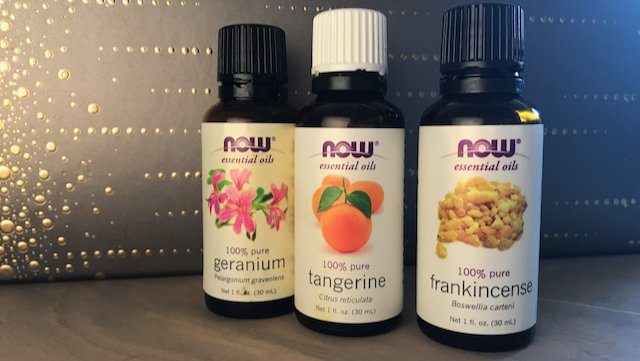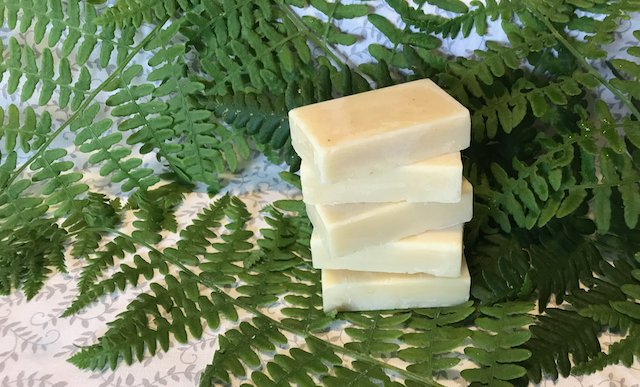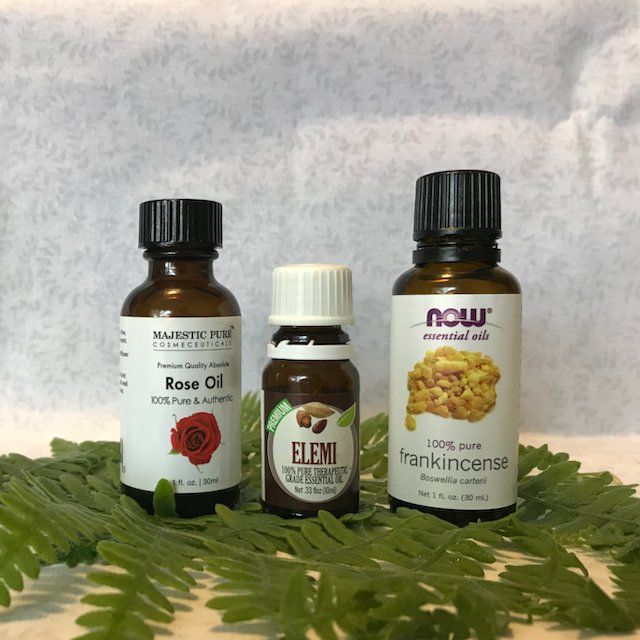Essential Oils Facts - Part 3
Welcome back to the last part of this series!
We’ll cover
- Ketones
- Esters
- Oxides
Ketones
These are also derived from alcohols, but they frequently ed in -one. Ketones are not as volatile as alcohol though. They share a minty-camphor scent.
Ketones can be toxic - thujone, which is found in thuja and wormwood, as well as pinocomphone found in some others. Despite the toxicity, ketones in smaller quantities have some amazing therapeutic benefits, specifically with regards to easing secretion of mucus, as well as cell and tissue regeneration. Oils with moderate amounts of ketones are hyssop, eucalyptus, and rosemary.
Common types of Ketones are jasmine (jasmine), piperitone (eucalyptus), diketones(sweet fennel & helichrysum), and carvone (caraway, dill, and spearmint)
Esters
These come from alcohols and acids. When it comes from an alcohol it ends with a -yl and when it comes from an acid it ends with -ate. Esters typically have a fruity aroma.
The benefits of esters are antispasmodic, anti-inflammatory, analgesic, and sedative. The comments are typically gentle in action and are considered non-toxic
Common types are linalyl acetate (lavender, bergamot, clary sage, & petitgrain), methyl salicylate (wintergreen & birch), and benzyl benzoate (ylang ylang & jasmine)
Oxides
Oxides keep their names from what they were derived. There are a couple of exceptions. Oxides can generate some of the strongest odors within the essential oils. They give the essential oils their characteristic aromas, even when they are quite a low percentage of the make up of the oil. Very little is known about the therapeutic effects of oxides, with the exception of cineol.
Cineol is considered beneficial for the respiratory system due to its anti-inflammatory and expectorant attributes. Even though it has these beneficial properties, its strong odor can cause irritation in mucous membranes for some people.
Common oxides are menthofuran (peppermint), rose oxide (geranium & rose), and cineol (found in lavender, rosemary, & eucalyptus)
That sums up the last piece of this series. Please let me know if you have any questions or comments!!


